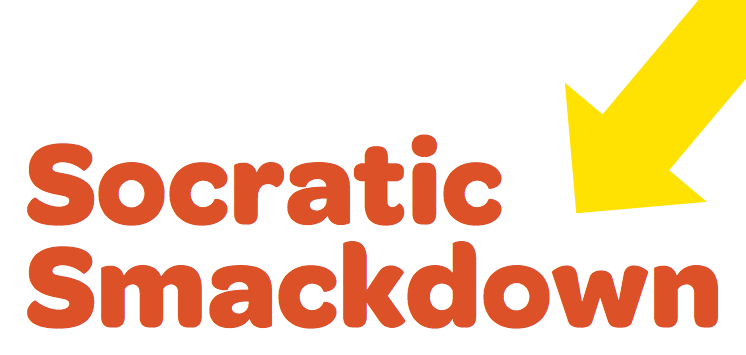
Money can’t buy happiness? Please. We all know that’s just something rich people say to stop us from robbing them. Money might not buy lasting, profound joy, but it can undoubtedly rent some pretty good times.
We all fantasize about the kind of happiness that comes with six zeroes, a gated community and a butler to iron your money for you. Even if vast wealth doesn’t buy happiness, it’s better to have a Birkin bag to keep your sadness in.
But seriously — can money really buy happiness? The latest research shows, yeah, more money = more happy… usually. The effect varies but there are some people who are rich and unhappy and more money doesn’t fix it for them.
Plenty of things could contribute to the inconsistency but we’ll focus on one here that’s well established by the research, and something we can use: how you spend your money. Some things we buy make us very happy, other less so. We may not have limitless piles of green rectangles but we can all spend what we have in better ways to increase our joy.
We’ll get scientific insight on the type of spending that increases smiles from the books “The Myths of Happiness” and “Happy Money”, along with the study, “If Money Doesn’t Make You Happy Then You Probably Aren’t Spending It Right” by Harvard happiness expert Daniel Gilbert.
Let’s get to it…
Buy Many Small Pleasures Versus Fewer Large Ones
You save up for the big TV or the big vacation thinking, “Yes, I’ll take the Costco-sized bundle of joy, please.” But turns out the pleasure we get from these things has the shelf life of an open carton of milk.
The research here is consistent: when it comes to happiness, frequency beats intensity. It’s like someone finally looked at life’s instruction manual and said, “Wait a minute, we’ve been assembling this happiness thing all wrong!”
Small pleasures? They’re the unsung, miniature heroes of joy. Why? We’re less likely to adapt and take for granted all these little things than we are the one, big rare event. Splurging on a string of small delights is like giving your mood a constant, gentle nudge upwards.
Okay, you’re turning life into a series of mini-Christmas mornings. But what kind of stuff should you purchase?
Buy Experiences Instead Of Stuff
It’s long been said that experiences are the spice of life, with material goods trailing behind like a bored sibling on a family road trip. This is true. When studied, 57% of people derived greater happiness from experiential purchases while only 34% got more joy from buying things.
Why? We quickly take material goods for granted. Research shows this happens more slowly with experiences. Also, we anticipate and remember experiences more, savoring them for longer and squeezing more enjoyment from them. You share photos and stories from vacations. Do that with a 4K TV and you’ll seem insane.
Now nobody’s saying you need to shun the material world like a monk with a trust fund. And there’s an exception worth noting here. Material purchases can make you very happy – if you turn them into experiences. Use that TV as the centerpiece for an awesome Super Bowl party, and you get better returns. If buying that new car means more roadtrips with friends, it might be an excellent happiness investment.
This next one may sound uncomfortable, but you know it works…
Delay Consumption, Increase Anticipation
Planning a vacation is like scripting your own fairy tale. You’re the star of your own travel show, where everything goes perfectly, you always look fantastic in photos, and the locals find your inability to pronounce street names endearing.
The reality often involves sunburns, flight delays, and lost luggage. The vacation is still good, but it’s no match for the blockbuster you directed in your head.
In the dark comedy that is our pursuit of happiness, there’s a twisted little truth: the joy of anticipation often eclipses the actual enjoyment of whatever we’ve spent our hard-earned money on. It’s like our brains are the ultimate bait-and-switch artists, hyping up future pleasures only to shrug nonchalantly when they finally arrive.
Study after study demonstrates this effect and we can extract two clear lessons: extend the anticipation period, and take more mini-vacations vs fewer big vacations. Simply put, structure your life so you’re always looking forward to something.
This next one is often ignored…
Consider The *Full* Effects of Your Purchases
Maybe you want to buy a new TV. Oh, and it’s not just a TV; it’s a gateway to other worlds, a window into the lives of more attractive people with more interesting problems. You imagine a sleek, shiny behemoth of technology gracing your living room.
But here’s the kicker: that TV, as magnificent as it is, might just turn you into a hermit. Your social life dwindles to the point where your most meaningful conversation is with the pizza delivery guy, and even he’s starting to look worried for you.
The farther things are in the future, the more abstractly we view them. But we often do better when we consider how our purchases will affect our future use of time and day-to-day lives.
The idea of going camping can inspire adventurous fantasies in the gorgeous wilderness. But a little self-awareness might tell you that the great outdoors, uh, is only great in theory. Because nothing beats spending a week pretending you’re homeless, fighting off insects, and discovering new, exciting ways to burn food over an open fire. Sleep on the ground outside? I can do that for free if I forget my keys after a night out. It’s less “Walden” and more “Why am I doing this to myself?”
Know thyself and think concretely about the future results of your purchase. (I prefer my wildlife in HD and my bathrooms not to be synonymous with “behind that large bush.”)
Time for a tip that you don’t hear encouraged very often…
Following The Crowd Can Be A Great Idea
Sorry, you’re not always the unique snowflake you think you are. Popular things are often popular for a reason and we do ourselves a disservice by ignoring what brings others pleasure.
Study after study shows the best way to predict how much one person will like something is to see how much other people enjoyed it. Hardly shocking, but all too often we think we’re special, and that’s not the safe bet when it comes to happiness.
Usually, the secret to happiness isn’t in some esoteric, hard-to-find experience, but in the shared joy of humanity’s greatest hits.
But what about when we have a few choices in front of us? What’s a good litmus test to find the joy-optimizing option?
Spend Money On Fundamental Feelings
We spend a lot of money “keeping up with the Joneses.” Buying things to impress others. The research shows the happiness this brings isn’t very lasting. It’s a never-ending cycle of “Look at me, I have things!” And let’s be real, the only person who’s actually paying attention to your new things is you, while you lie awake at night, wondering why your credit card bill looks like a phone number.
The spending that really pays emotional dividends fulfills deep emotional needs like competence, relatedness, or autonomy.
Pay money to develop a skill you’re passionate about. Or use that cash to buy a bunch of tacos and share them with your friends in the park. Or spend that money to get your life in order and feel like you’ve got control over your world.
Speaking of autonomy, that leads us to our next insight…
Buy Time
Maybe money can’t buy happiness, but it sure can outsource some misery. Working fewer hours or paying someone to handle errands can free up time for things that really make you happy.
The key issue is how you spend that new free time. If you just watch mindless TV or scroll social media, the happiness benefits will be miniscule. But use that time for wiser activities and life can be grand.
You can start picking up interesting hobbies like you’re an 18th-century aristocrat. Learn to play jazz, read classic literature, go Salsa dancing, take cooking classes. You attend operas and only fall asleep twice. You’re turning into the most interesting person at any party, and you don’t even have to exaggerate your hobbies anymore.
Paying someone to clean your home can be a wiser purchase than a new computer. It’s about embracing the fact that life is short, weekends are shorter, and you don’t want to spend either wrestling with a vacuum cleaner.
And our final tip is one that you don’t want to do but makes life so much more enjoyable…
Make It A Treat
Remember when a trip to the ice cream shop was a monumental event? Now, as an adult, you can stroll into any store and buy a tub of ice cream. You can eat it for breakfast if you want. But does it feel special? No. It feels like you’re an adult who’s given up.
It’s the oldest lesson in the book: we want what we can’t have. And when we’re denied something for a while, we appreciate it so much more when we finally have it.
This strategy turns every little joy into a mini celebration. You’re not just living; you’re an event planner for the exclusive party that is your life. Eating your favorite food is no longer just “Tuesday night dinner”; it’s “I Haven’t Had This In Ages And Oh My God I Missed It So Much”.
Bingeing TV is fun but, as we discussed earlier, there’s a perverse fun in anticipating the next episode. Yeah, this might sound like an exercise in self-inflicted psychological torture or an adult version of the marshmallow test, but you know it works.
It’s about finding that sweet spot where you appreciate the things you love by not overindulging in them.
Okay, time to round it all up – and we’ll learn one more way that spending can boost smiles. And it may be the most important of them all…
Sum Up
Here’s how to spend your money to maximize happiness…
- Buy Many Small Pleasures Vs Fewer Large Ones: Don’t save up all year to buy one colossal, wallet-destroying item. Spread the cash around for lots of little boosts.
- Buy Experiences Instead Of More Stuff: More amusement parks and vacations. Fewer gadgets and TV’s.
- Delay Consumption, Increase Anticipation: Looking forward to something is often more satisfying than actually getting it. The anticipation, it turns out, was the main event. The actual product is just the merch you buy on the way out of the concert.
- Consider The *Full* Effects of Your Purchases: Going on a hot air balloon ride looks great on Instagram, but they don’t show the part where you’re praying to every deity you can think of because you’re essentially in a wicker basket 10,000 feet in the air with a giant flame above your head. Next time you’re about to make a big purchase, consider the full picture.
- Following The Crowd Can Be A Great Idea: In our quest for happiness, we often forget a simple truth: looking at what makes others happy can be a cheat sheet for our own bliss.
- Spend Money On Fundamental Feelings: Forget the suburban gladiator arena known as “keeping up with the Joneses.” Instead of status, buy competence, relatedness, and autonomy.
- Buy Time: The sweet paradox of modern living: we hustle for those almighty dollars, yet find ourselves too strapped for time to enjoy them. (And if you do want to inspire envy in others, lots of free time can have a far greater effect than money.)
- Make It A Treat: We’re living in a world of instant gratification, where pleasures are as easy to come by as bad decisions at a high school reunion. So create artificial scarcity. It’s like playing hard to get with yourself. Suddenly, those simple pleasures become as tantalizing as a forbidden romance in a Victorian novel.
You’re about to splurge on the latest, shiniest thing you definitely don’t need when suddenly, a wild idea appears: “What if I buy something for someone else?”
It’s a thought so alien, your brain almost files a restraining order against it. We’re supposed to spend our hard-earned cash on other people? What is this, opposite day?
Yes, research confirms the old saw: it’s better to give than to receive. A 2008 study found, “Although personal spending was unrelated to happiness, people who devoted more money to prosocial spending were happier, even after controlling for their income.”
Why? Giving improves relationships and our relationships are the bedrock of happiness.
And then there’s the joy of watching them open that gift. It’s like a real-life unboxing video, minus the monetization. They’re excited and you get to watch with the smug satisfaction of a cat who’s just knocked a vase off a shelf.
So go buy something for someone who is not you. Altruism is the express lane on the happiness highway.
It’s like playing Santa Claus, but without the breaking and entering.
The post This Is How To Spend Your Money To Maximize Happiness appeared first on Barking Up The Wrong Tree.

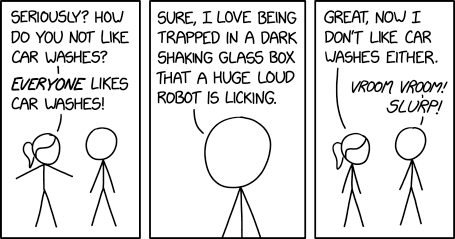


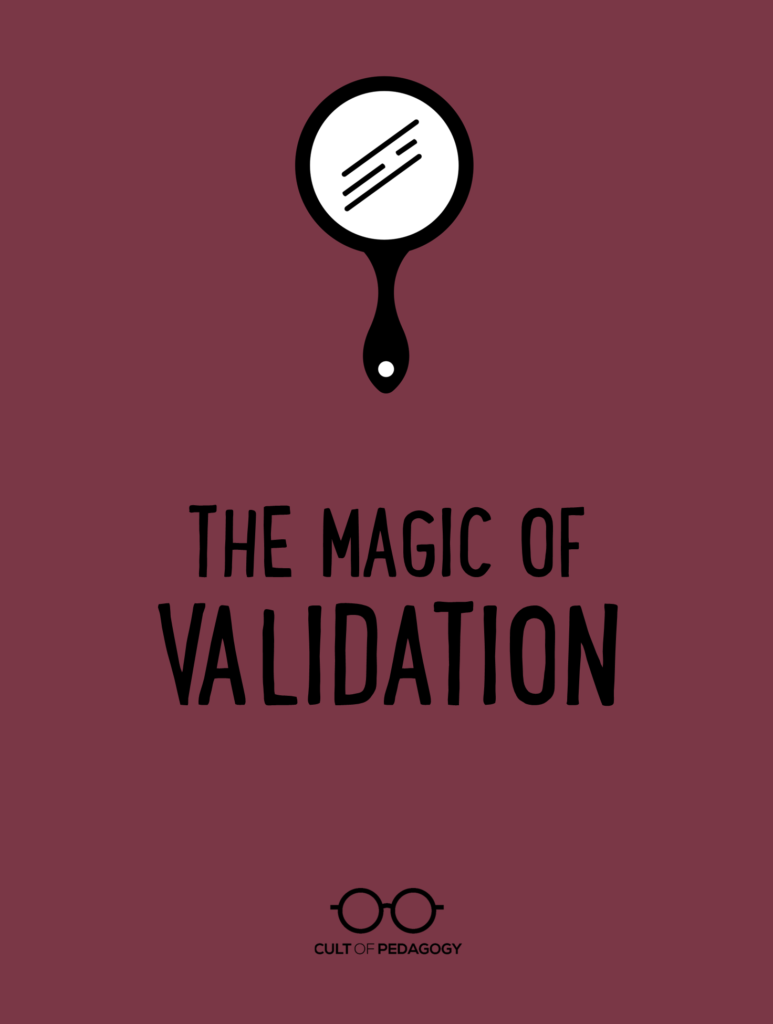
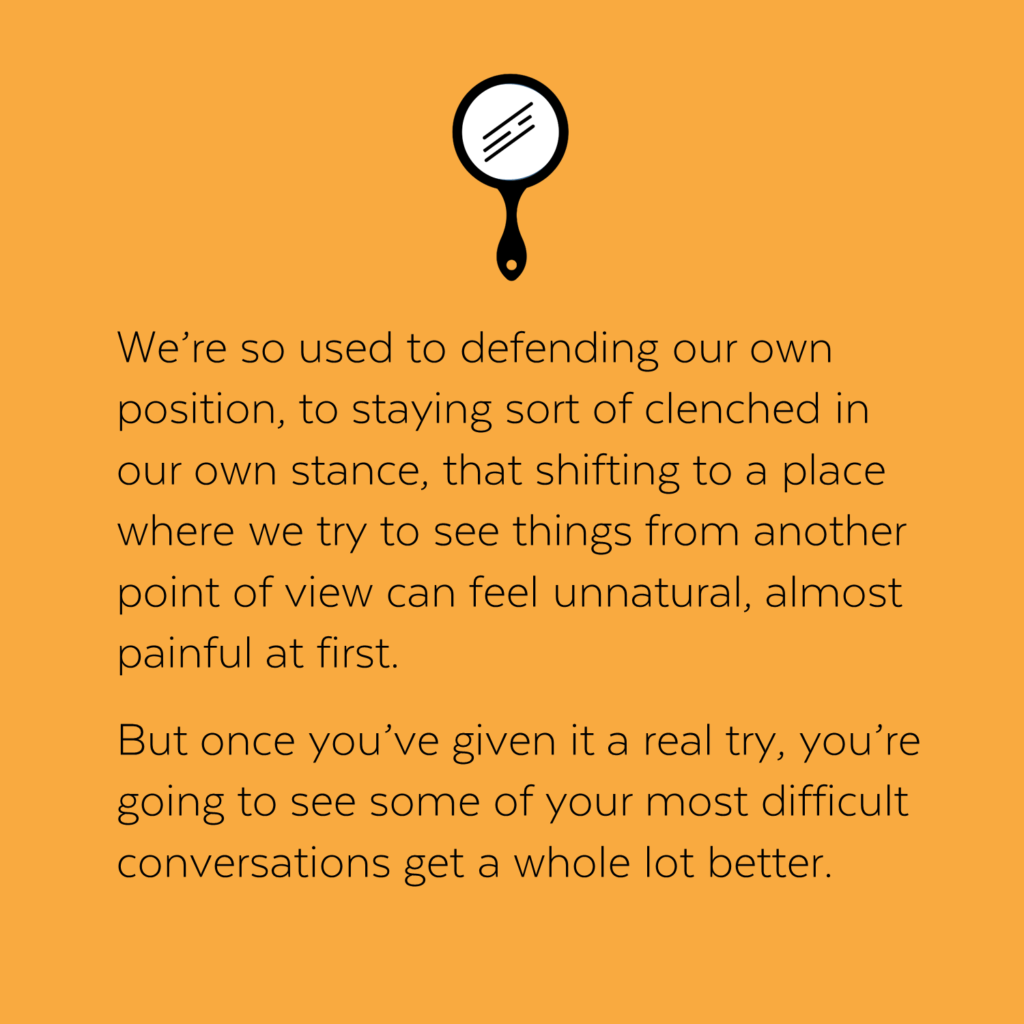
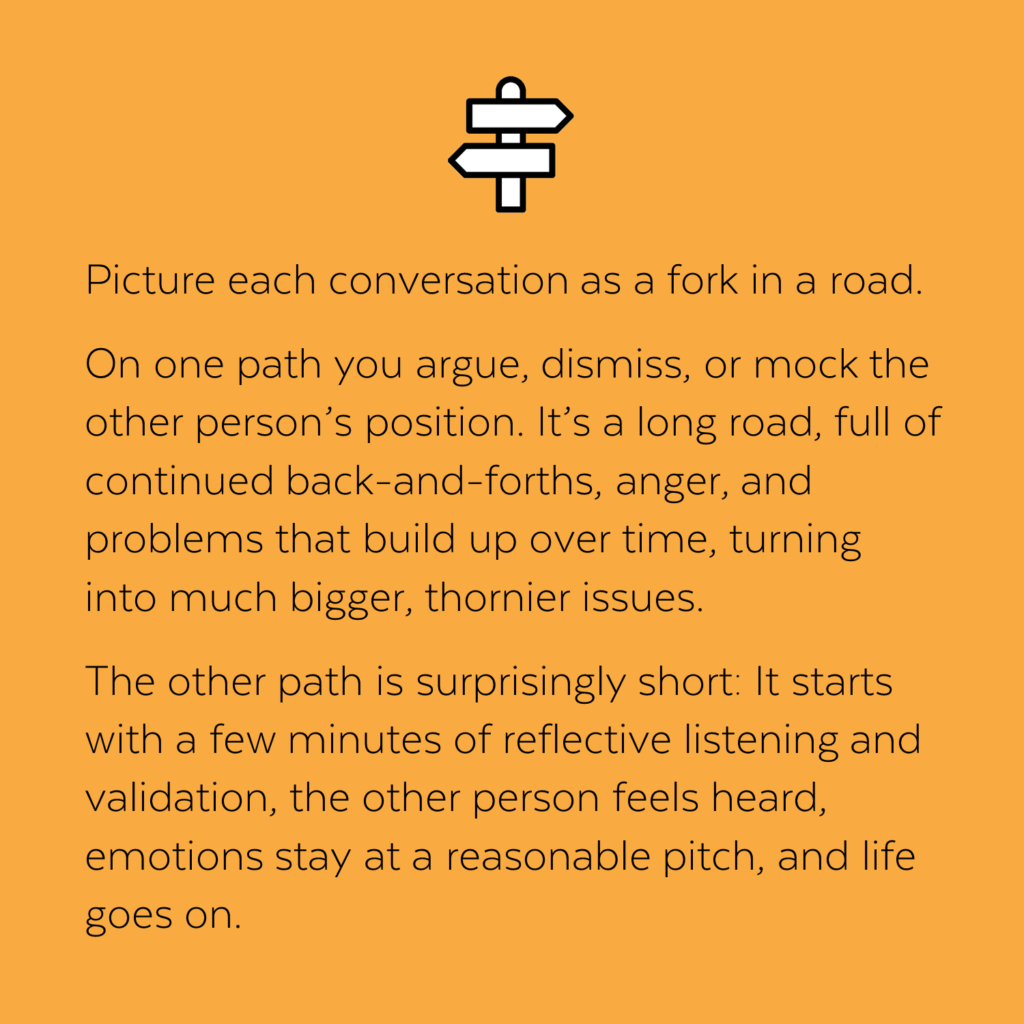

 Taco salad made from seared steak, avocado, tomato, shredded lettuce, and creamy chipotle dressing is delicious without any embellishment. But if you happen to have cheddar cheese in the refrigerator and a few extra minutes to grate it and bake it, then why not make an edible cheddar bowl?
Taco salad made from seared steak, avocado, tomato, shredded lettuce, and creamy chipotle dressing is delicious without any embellishment. But if you happen to have cheddar cheese in the refrigerator and a few extra minutes to grate it and bake it, then why not make an edible cheddar bowl?








 Today’s guest post is written by
Today’s guest post is written by 



